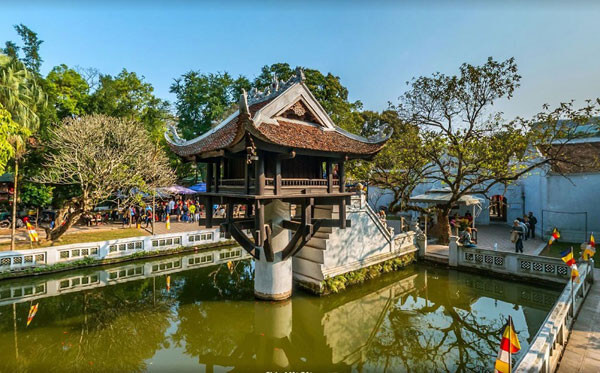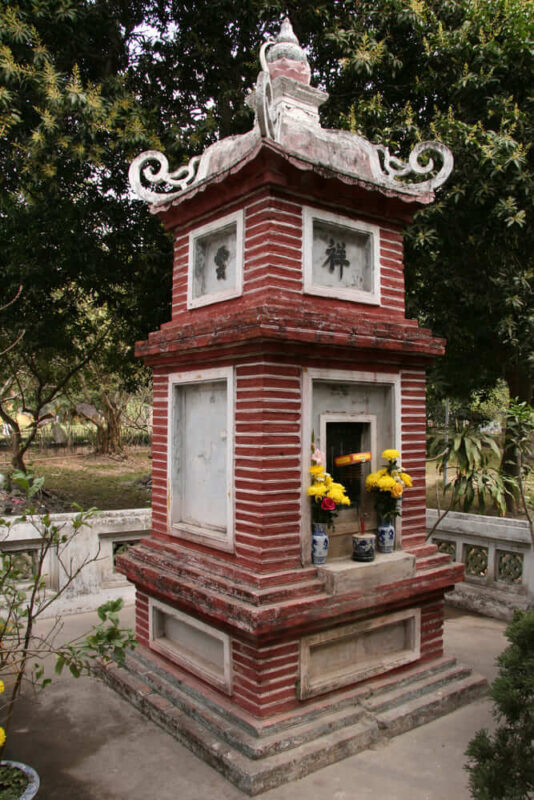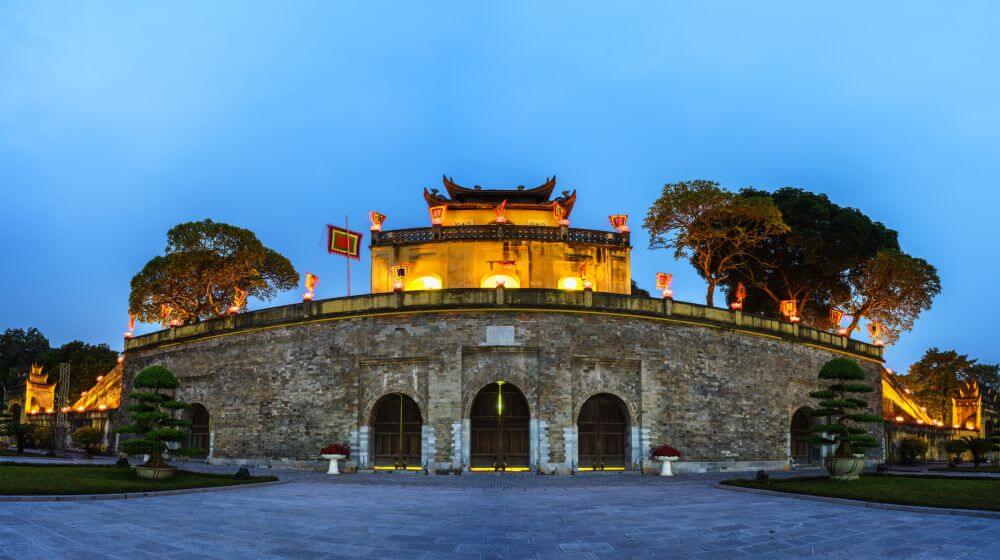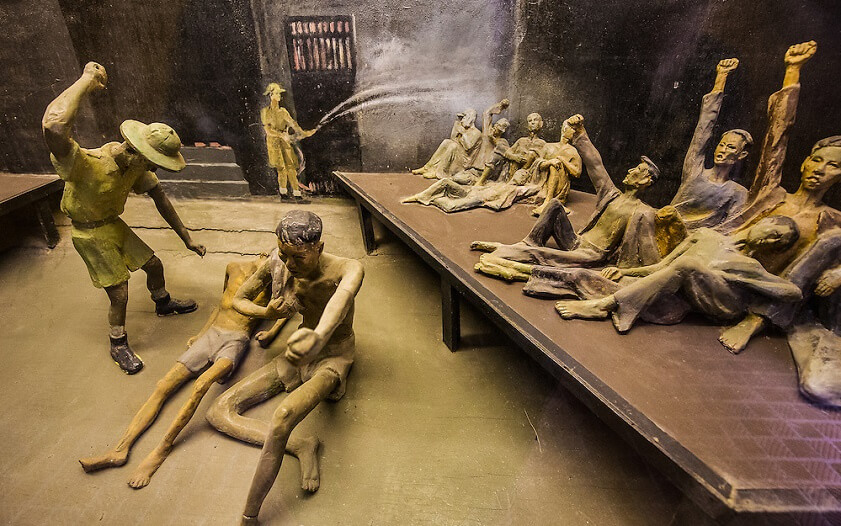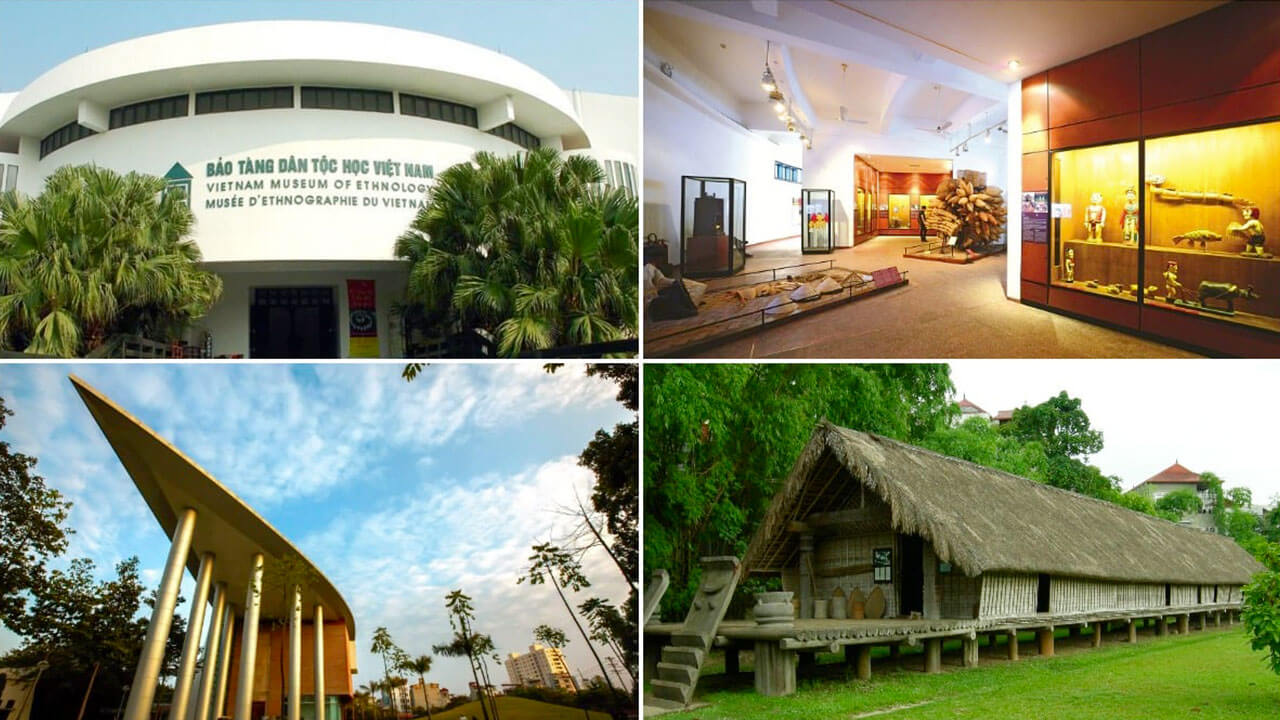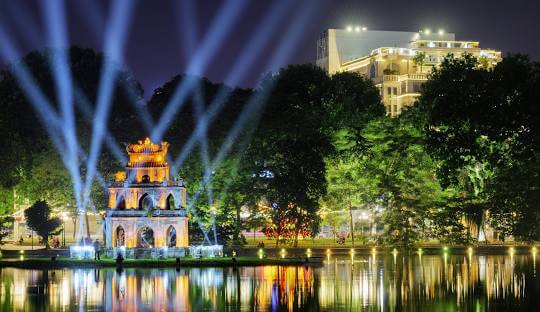The One Pillar Pagoda is situated within the Ho Chi Minh Mausoleum complex, a short distance from several of Hanoi’s key historical landmarks.
The structure is recognized for its distinctive design: a small wooden shrine set atop a single stone pi
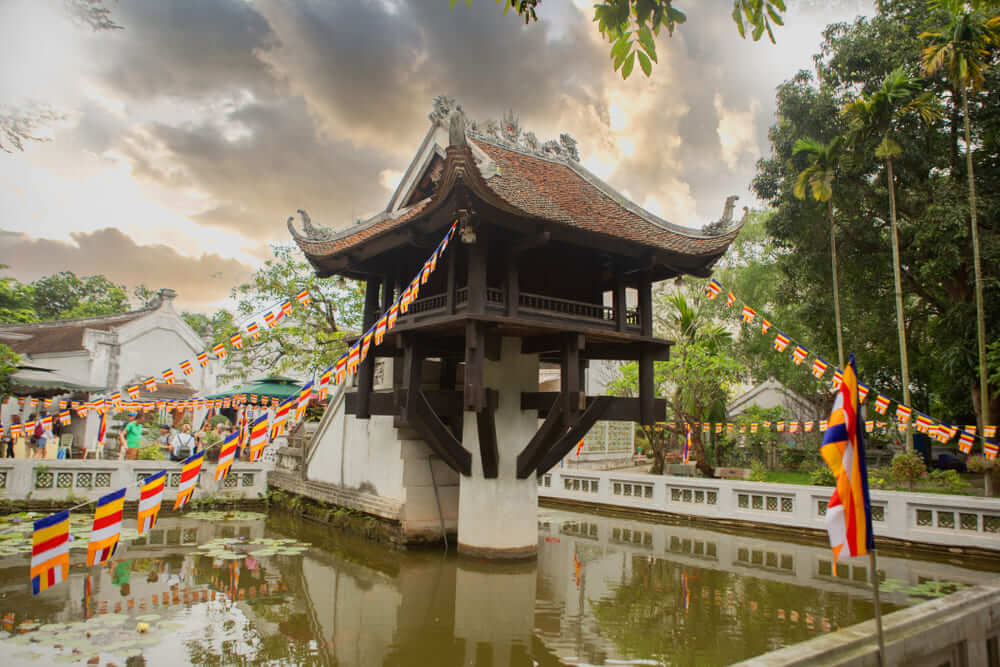
Originally constructed in the 11th century during the reign of Emperor Ly Thai Tong, the pagoda symbolizes purity and enlightenment in Vietnamese Buddhism.
Despite its compact size, the design has become an enduring cultural icon and is often featured in guidebooks, postcards, and national imagery.
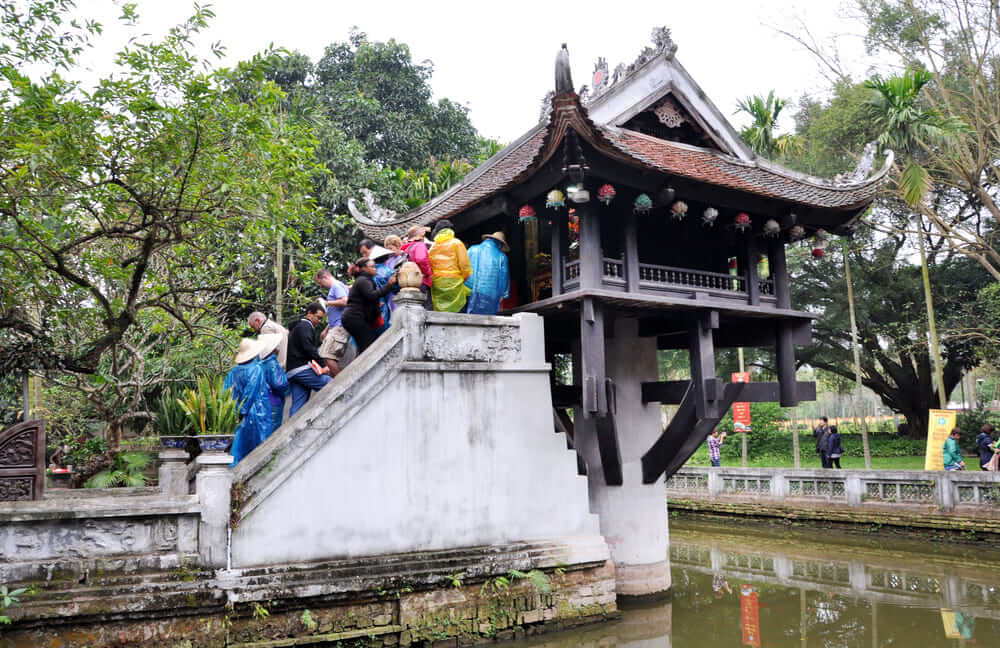
Access to the pagoda is from the shared entrance to the Ho Chi Minh complex. Visitors unfamiliar with the layout may find signage limited, so locating the correct path in advance is recommended. The site does not require a separate ticket, but it is often visited in conjunction with the main mausoleum and nearby museums.
The interior of the pagoda is not open to the public. Visitors can view the structure from the steps or surrounding walkways and typically spend only a few minutes at the site.
As such, it serves more as a symbolic stop or photo point within a larger itinerary rather than a standalone destination.
Given its limited size and brief visit duration, the pagoda is best included as part of a half-day city tour.
It pairs easily with nearby sites such as the Presidential Palace, One Pillar Museum, or the Temple of Literature, all within walking or short driving distance.
Although modest in scale, the One Pillar Pagoda remains a unique example of traditional Vietnamese architecture and cultural symbolism.
Its image captures centuries of heritage in a single, compact form.
Updating….
💬 Didn’t find the answer you were looking for?
We’re here to help!
Ask us anything about traveling in Vietnam — from local tips to tricky situations.
If your question is useful to other travelers, we’ll add it to this page to help more people like you.
📨 Your travel question might make someone else’s trip easier.
Top Attractions
- 📍 Hoan Kiem Lake — 1.2 km (0.75 mi)


